There are many chronic illnesses that can cause painful symptoms. Discover examples and tips for alleviating these feelings when you are a chronic patient. Welcome to an essential health guide for a vibrant life.


Skin diseases are grouped under the term “dermatosis”. This name is used to designate all conditions of the skin, and by extension, those of the nails or hair.
See articles
Vague generic term relating to a group of conditions, acute or chronic, of diverse and sometimes unknown origins, mainly affecting the joints, and whose essential symptoms are pain and stiffness
Available soon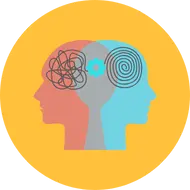
A mental disorder is characterized by a major clinical alteration in an individual's cognitive state, emotion regulation or behavior. It is usually accompanied by feelings of distress or functional impairments in important areas.
Available soon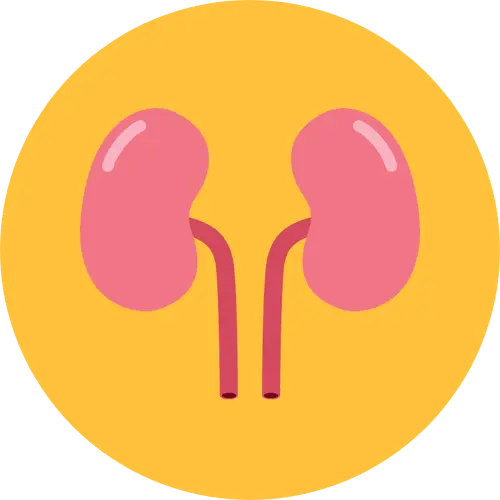
Chronic kidney disease is a reduction in the functioning of the kidneys which no longer properly filter the body's blood. This chronic kidney failure has two main causes: diabetes and high blood pressure.
Available Soon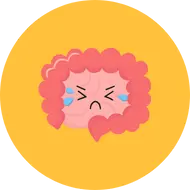
Inflammatory bowel diseases (or IBD) include Crohn's disease (CD) and ulcerative colitis (UC). Both are characterized by inflammation of the wall of part of the digestive tract, due to deregulation of the intestinal immune system.
Available Soon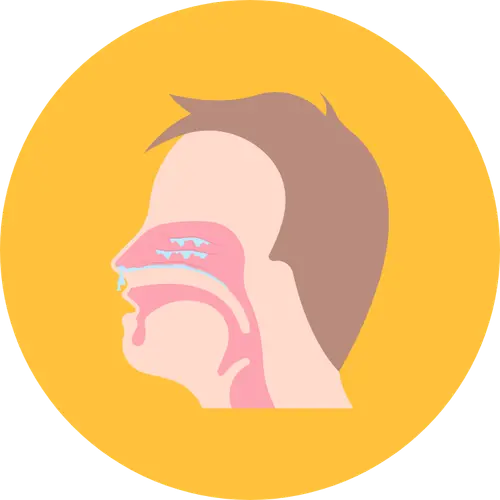
Chronic rhinitis is a pathology of the ENT sphere which is defined by the existence of nasal symptoms lasting more than 3 months. It is an inflammation of the nasal passages, more precisely of the mucous membrane. This being very thin and vascularized, it is very fragile.
Available Soon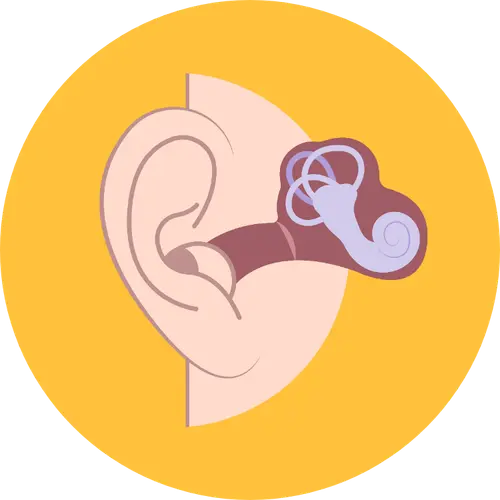
Otolaryngology treats diseases of the head and neck, and more specifically of the ear (oto), nose (rhino) and throat (larynx).
Available Soon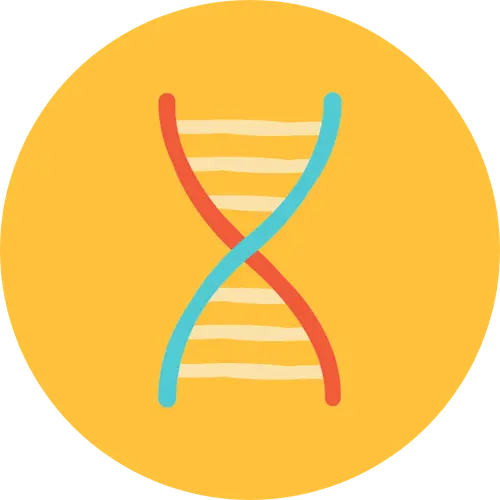
A genetic disease is a disease caused by one or more abnormalities on one or more chromosomes which lead to a malfunction of certain cells in the body.
Available Soon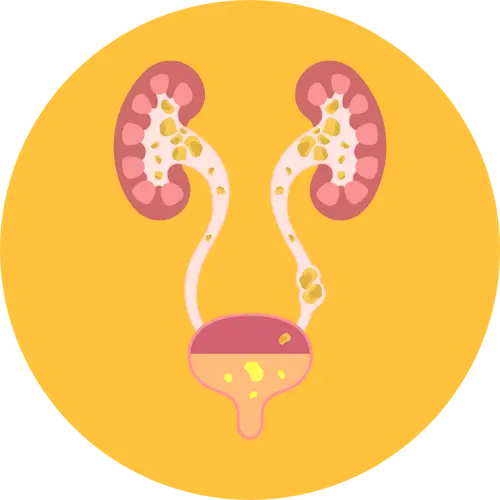
Urology is a medical and surgical discipline which focuses on the study, diagnosis and treatment of conditions affecting the urinary system, in both men and women.
Available Soon
Metabolic diseases are pathologies that result from the absence or dysfunction of certain enzymes necessary for metabolic reactions in the cell.
Available Soon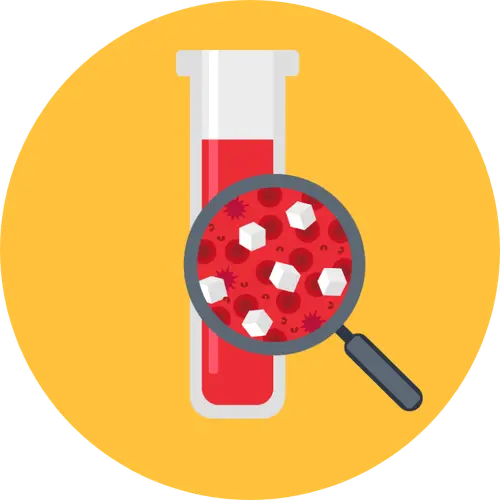
General hematology includes: diseases caused by an increase in one component of the blood. We mainly distinguish between thrombocytosis (excess of blood platelets), polycythemia (excess of red blood cells). cytopenias, including thrombocytopenias, anemias and leukopenias
Available Soon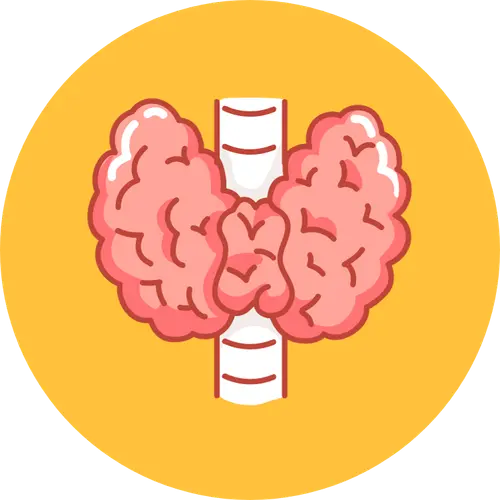
Endocrine diseases, also called hormonal diseases, are linked to hormonal dysfunction. Hormones are produced by organs called endocrine glands. Among these glands we find in particular the thyroid, the pancreas, the testicles and the ovaries.
Available Soon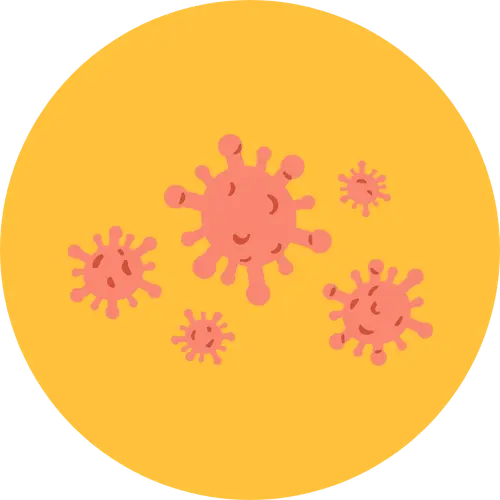
The main infectious diseases studied are tuberculosis, pneumococcal pneumonia, pertussis, plague, hepatitis C, hepatitis E, influenza, Middle East respiratory syndrome (MERS), COVID-19, malaria, schistosomiasis, toxoplasmosis, cryptosporidiosis and blastocystosis.
Available Soon
Autoimmune diseases form a large group made up of chronic inflammatory diseases triggered by the body's loss of immunological tolerance towards its own constituents.
Available Soon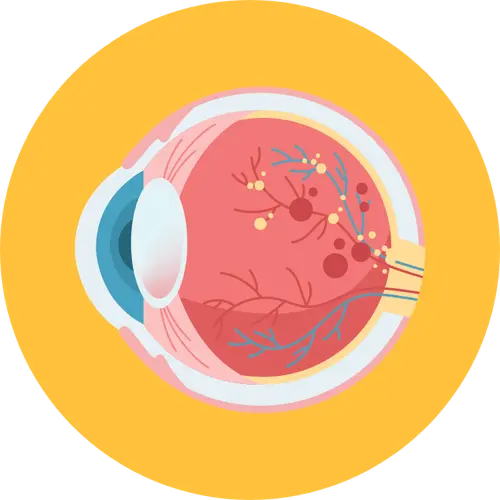
Eye diseases can affect many anatomical structures: cornea, iris, lens, vitreous, retina, optic nerve, etc. These diseases can be of infectious, inflammatory, metabolic, tumoral, traumatic or degenerative origin.
Available Soon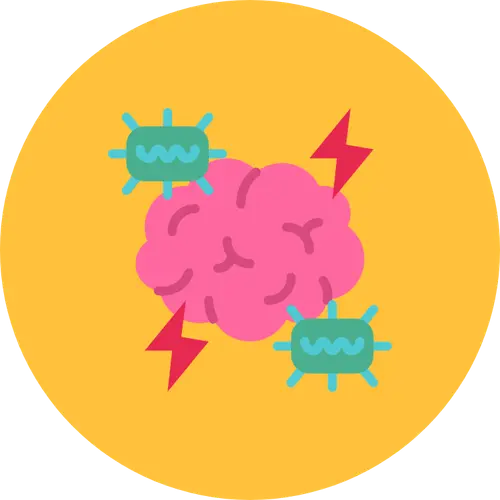
Neurological diseases are defined by a dysfunction of the central or peripheral nervous system. They can be of genetic, mental, traumatic or idiopathic origin.
Available Soon
Cardiovascular disease is a group of disorders affecting the heart and blood vessels, which includes: coronary heart disease and cerebrovascular disease.
Available Soon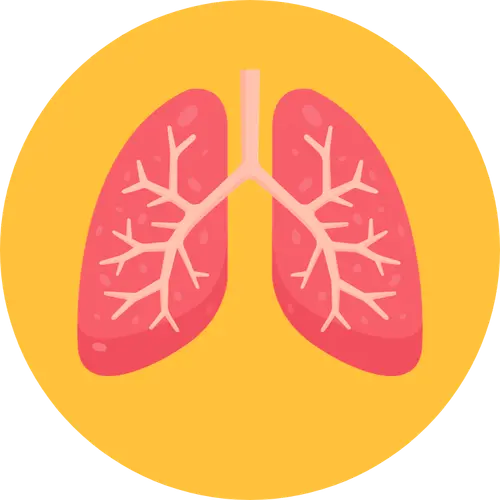
Chronic respiratory disease (CRD) is an umbrella term that describes diseases that affect the lungs and airways. Common types include asthma, chronic obstructive pulmonary disease (COPD), cystic fibrosis, and sleep apnea.
Available SoonThe pain associated with chronic diseases often transcends the simple physical sensation to become an integral part of the daily lives of those who endure it. Millions of people around the world face chronic diseases, whose impacts extend far beyond physiological aspects. Let's dive together into the often unknown world of chronic diseases, where pain becomes an inseparable companion in the life course.
Behind medical terms lie human stories, daily battles against conditions that are often elusive. Cardiovascular diseases, diabetes, autoimmune diseases, neurological disorders, Respiratory diseases, and many more, are redefining normal for those who experience them. Pain then becomes a tangible manifestation of the ongoing challenges these individuals face.
Let's dive into the lives of those facing chronic conditions, where every aspect of daily life is reshaped by unique challenges. For those struggling with cardiovascular disease, each heartbeat becomes a melody recalling the fragility of a strained system, often dictating delicate life choices. People with diabetes juggle the delicate balance between blood sugar levels and emotional stability on a daily basis, turning every meal into a careful management exercise. Autoimmune diseases, such as rheumatoid arthritis, insert constant joint pain into every movement, making simple tasks heroic challenges. Neurologic disorders, while often invisible, paint a complex landscape of altered sensations and phantom pains, leaving patients at the mercy of these unpredictable variations. Each chronic condition has a unique story, but they all share the common characteristic of profoundly influencing how individuals live every moment of their lives.
Respiratory diseases, such as asthma and COPD, transform each breath into a conscious act, a constant negotiation with the air around us. Digestive diseases and chronic abdominal pain rewrite the intimate relationship we have with food and digestive comfort. Kidney disease imposes restrictions and trade-offs in lifestyle choices, while endocrine diseases play with the very mechanisms that regulate our energy.
Beyond numbers and diagnoses, these diseases are redefining the notion of normality for those who carry them. As a society, it is crucial to cultivate an empathetic understanding of these complex realities. Each chronic condition brings its own unique set of challenges, often invisible to the untrained eye, but deeply felt by those who experience them.
In the quest to alleviate this lingering pain, patients often discover the power of balanced lifestyles. Dietary choices, appropriate physical activity, stress management, and restful sleep are becoming crucial tools in the arsenal of those seeking to restore some measure of normalcy. These adjustments are not simply advice, but adaptations needed to navigate a daily life transformed by chronic pain.
For those who face these diseases on a daily basis, The Ouch! app offers a valuable companion. Allowing the evaluation, monitoring and management of pain associated with chronic diseases, this application also offers an opportunity to contribute to medical research. Answering questions, participating in surveys and surveys on pain becomes a concrete way to share your experience and contribute to the advancement of medical knowledge, while being paid.
On this journey to the heart of chronic disease, pain becomes much more than a physical sensation. She becomes a silent narrator of the challenges, triumphs, and resilience of those who carry her. Together, by understanding these often overlooked realities and adopting an empathetic approach, we can help create a world where pain does not define existence, but where hope, understanding, and well-being can be reborn. Download Outch! and become an active voice in the search for solutions and support for those who navigate the sometimes tumultuous waters of chronic diseases.